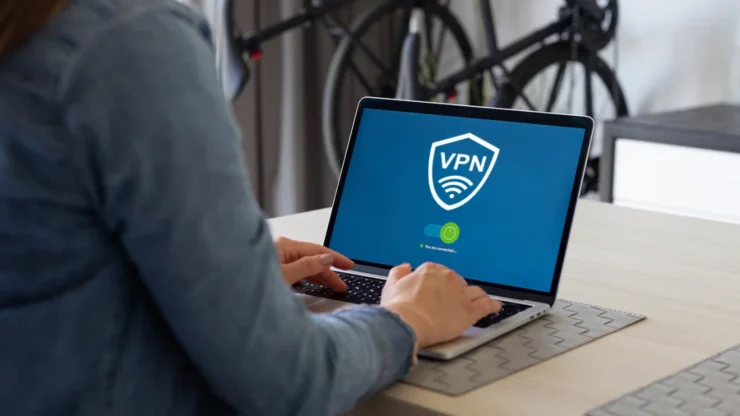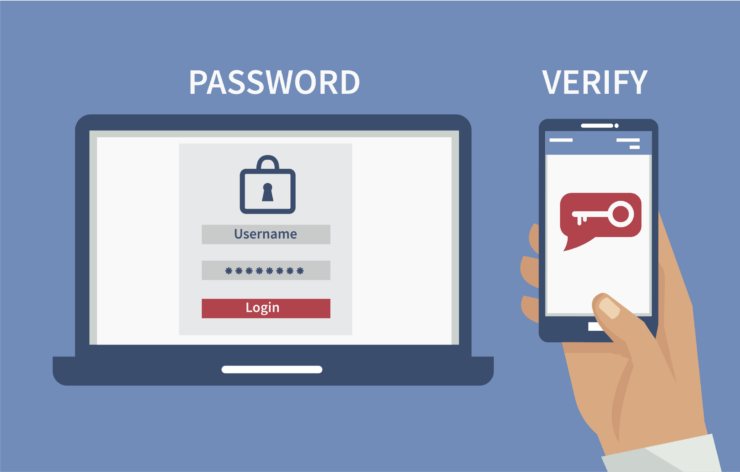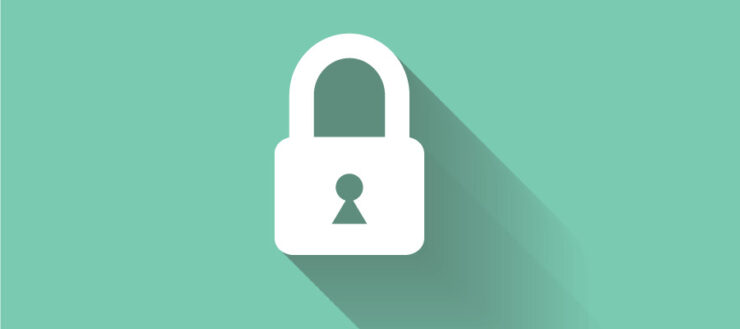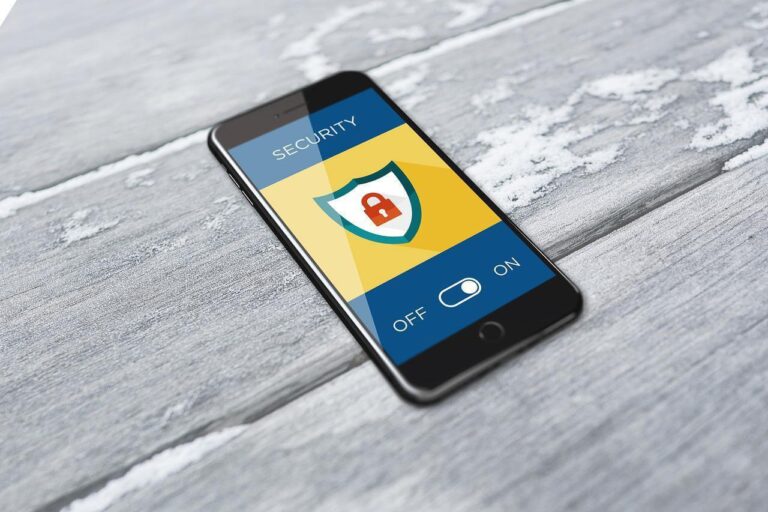In this article, we are discussing six precautionary measures you should take to safeguard your mobile internet and personal data from cyber security risks. Each of these six actions adds defensive layers to your connection, making it harder for cyber attackers to compromise the security of your connections, systems, and data.
Since we recommend all six tips, we understand that you might not be able to implement all of them. To determine its security needs and priorities, you must conduct a risk assessment. CanadaVPNs can help you protect your mobile devices as well as other standard devices, including Fire Stick, gaming consoles, desktops, laptops, etc.
Following is the list of 6 tips for securing your mobile Internet in Canada.
Password Strengthening
Getting a batch of password and username combinations from one source and attempting those combinations somewhere else is one of the simplest ways for hackers to steal information. Assume that hackers obtained your login information by hacking an email service. They may attempt to log into major online shops or banking sites using the same combination of username and password. The best way to prevent a single data breach from causing a chain reaction is to use a strong password for each and every online account.
Creating a strong password for each account is an impossible task for a human. That is why you use the password manager’s built-in random password generator. Several excellent password managers are available for free, and getting started with one is simple. However, paid password managers typically have more features.
Get a Secured VPN

When connecting to the internet via a public Wi-Fi network, you must use a VPN (Virtual Private Network). Assume you join a free Wi-Fi network somewhere. You have no idea regarding the security of that network connection. Any other person on that network might start spying or stealing the data and files sent from your mobile or laptop device without your knowledge. The owner of the hotspot could be a thief, stealing secret information from all the Wi-Fi connections. A VPN hides your internet traffic and routes it through a VPN server. This means neither the Wi-Fi network owner nor any other person has access to your data.
Using a VPN conceals your IP address. Trackers and advertisers using that IP address to recognise or geo-locate you will see the address of the VPN company. Spoofing your location with a VPN server in any other country can also help you access content that isn’t available in your country. Reporters and activists in oppressive regions have long been using VPN technology to communicate securely.
Free Wi-Fi Security
We all love to use free Wi-Fi, but it’s essential to keep your eyes open and see whether it’s secure. If Wi-Fi is cheap or free, it can become annoying later on. Hackers may be able to get to passwords as well as other private information saved on mobile devices connected to such vulnerable networks.
When we are out, public hotspots are a wonderful way to stay connected. If you wish to protect your phone from Wi-Fi hacking, use applications that keep you informed about the state of your connection.
When not in use, you should turn off your data, Wi-Fi, and Bluetooth connections. This is essential. As an added bonus, it conserves battery life.
Try using Multi-factor Authentications

Multi-factor authentication seems to be inconvenient, but it significantly increases the security of your accounts. To gain access to your accounts, you must first pass a further layer of authentication, in addition to your username and password. If the private information in an account is valuable or sensitive, you should enable multi-factor authentication. Online services that provide multi-factor authentication include Gmail, Dropbox, and Evernote.
Multi-factor authentication confirms your identity by requiring at least two distinct forms of identification: something that you are, something that you have, or something that you know. Naturally, the password is something you know. Something you are implying is a fingerprint or facial recognition authentication. Something you may have is your smartphone. You may be asked to enter a text-messaged code or to tap a verification button on a phone app. A Security Key could also be something you have; Microsoft and Google have both confirmed a push toward this type of authentication.
If you only use a passcode for verification, anyone who discovers it owns your account. When multi-factor authentication is enabled, the password is rendered ineffective. Most online services support multi-factor authentication, though some just require it when a link from a new device is detected. So, it is important to enable multi-factor authentication for online services.
Use of Anti-Virus
We spend a lot of our time on the internet downloading files and installing applications on our devices. As a result, our devices could be contaminated with malware that steals our personal information without our knowledge.
Having an antivirus application on your device will help you stay safe in the future from situations like this. In order to keep your device secure, antivirus programs now have improved features that enable you to remove entire data, block any incoming calls, or monitor unknown callers.
Ensure that the URL is encrypted

It is also beneficial for users to understand how to determine if a website has taken precautions to protect their personal information. Users can accomplish this by inspecting the starting of a URL to see if it starts with HTTPS or HTTP.
SSL encryption is used to protect visitors to websites with HTTPS URLs. HTTPS-enabled websites will also display a small lock right beside the search bar.
Conclusion
This article describes six tips for securing your mobile Internet in Canada that you can use as a starting point for security measures. You can reduce the threat and strengthen your security by implementing all these measures. These actions, however, are only the beginning. You should keep monitoring threats and risks in order to apply security protocols that meet your needs
Related Posts:
- 20 Best Gaming Headset Under 50$ 2024 - for PC, PS4,…
- Top 10 Best Modem For Gaming 2024 - For Optimum Gaming Speed
- Top 10 Best Power Inverter for Car 2024 - Keep Your…
- Top 10 Best Dog Nail Grinder 2024 - Best Care for Your Pet
- How Long Should a Jump Rope Be | How to Measure +…
- 15 Best Shoes for Walking on Concrete 2024 - Soft &…







